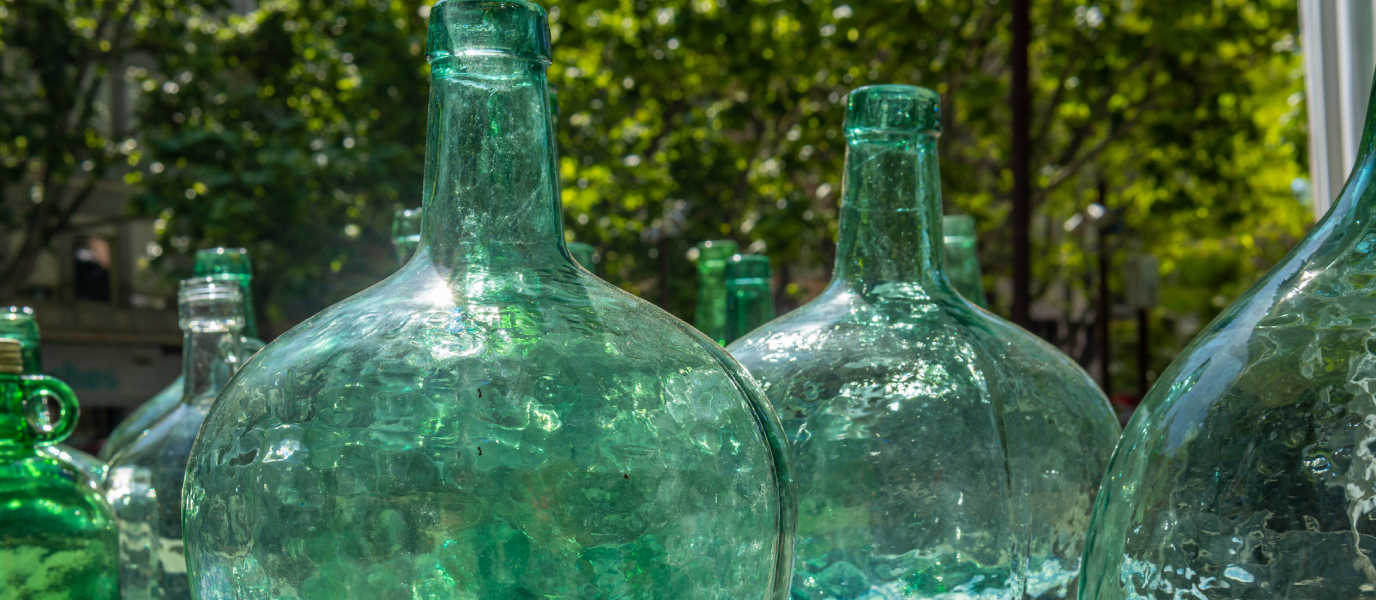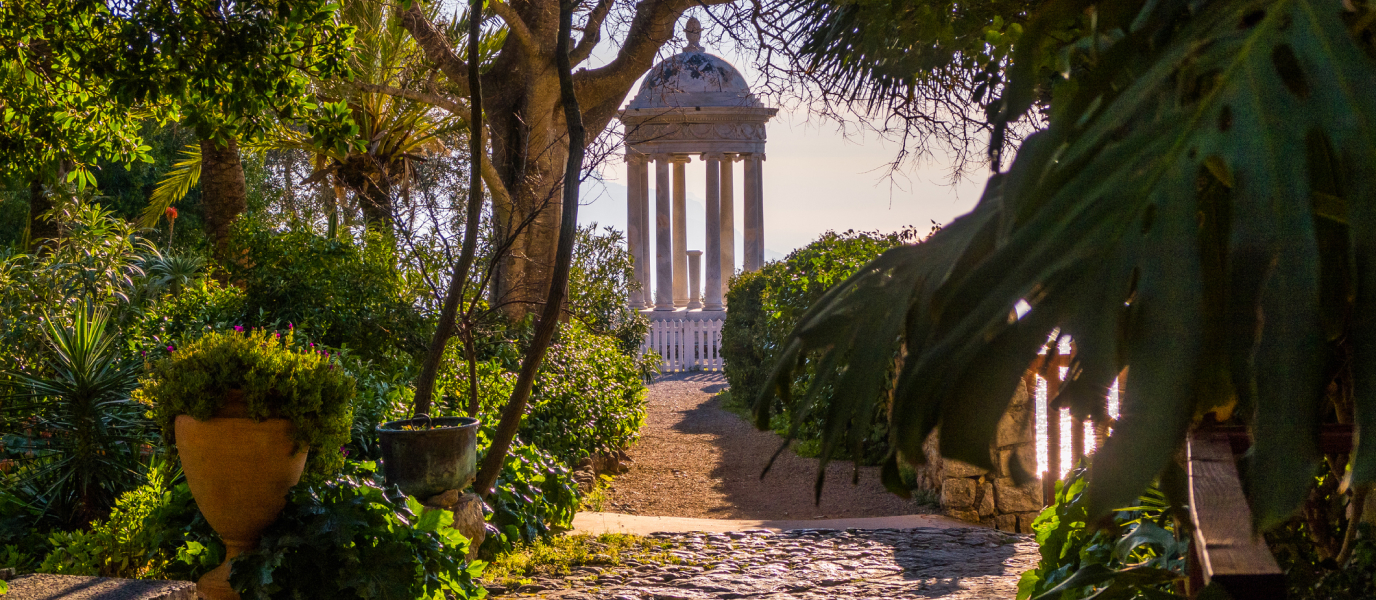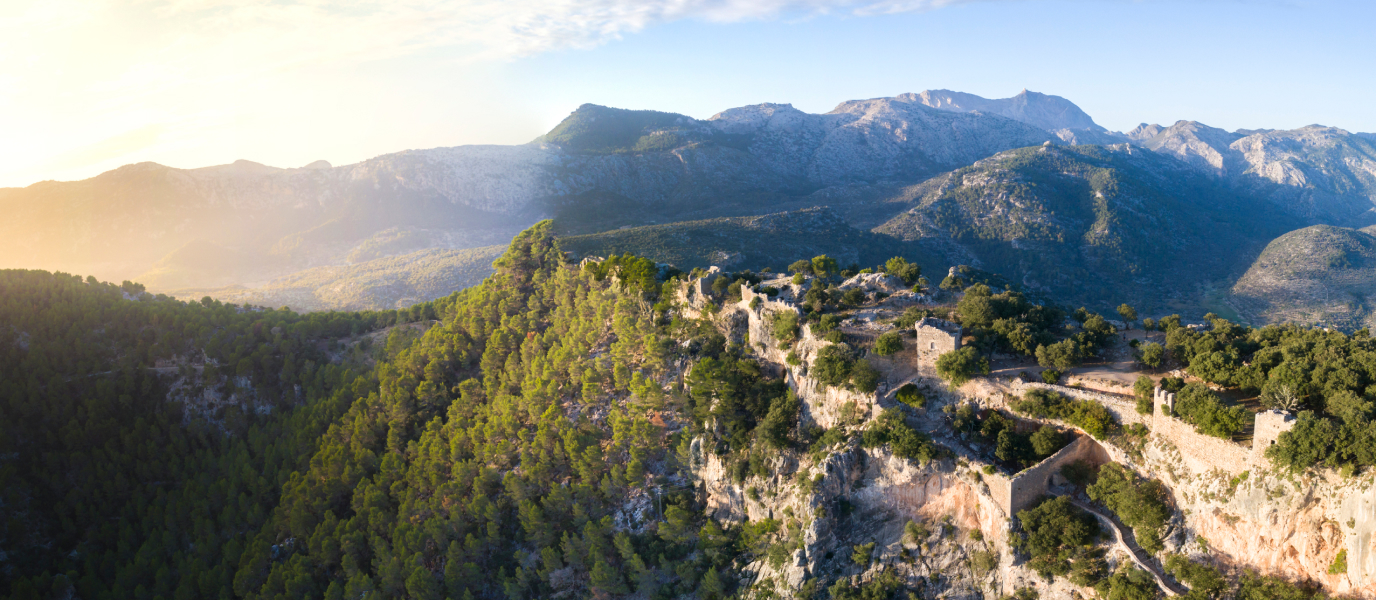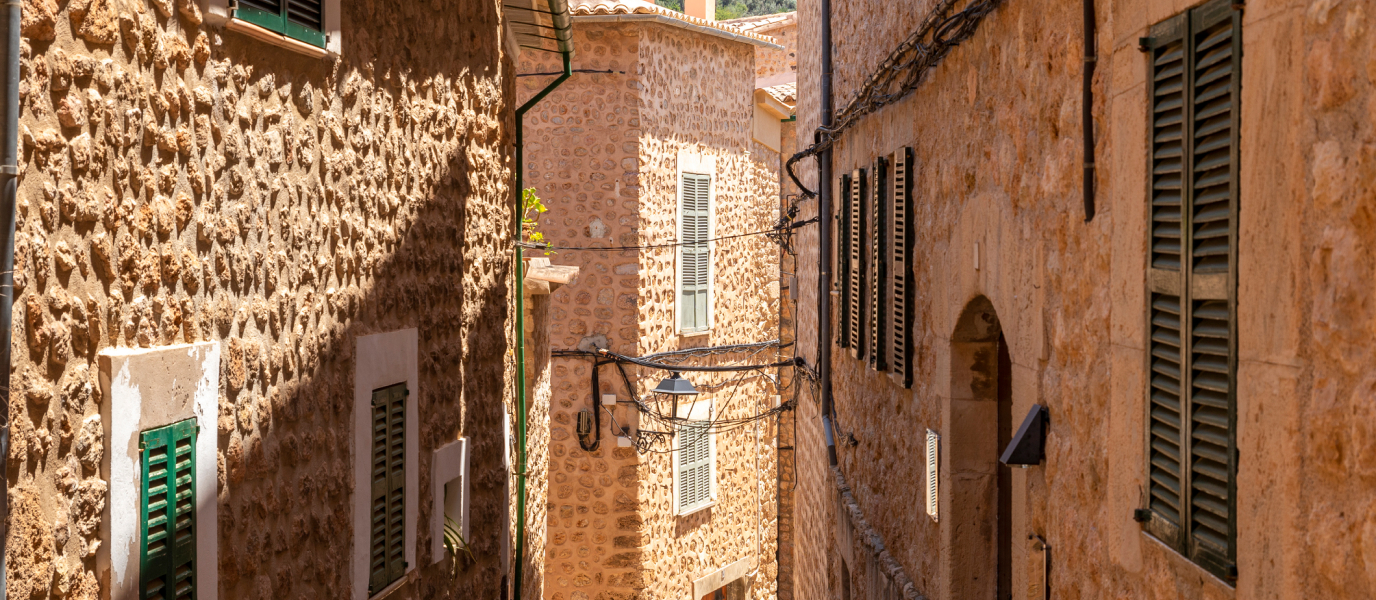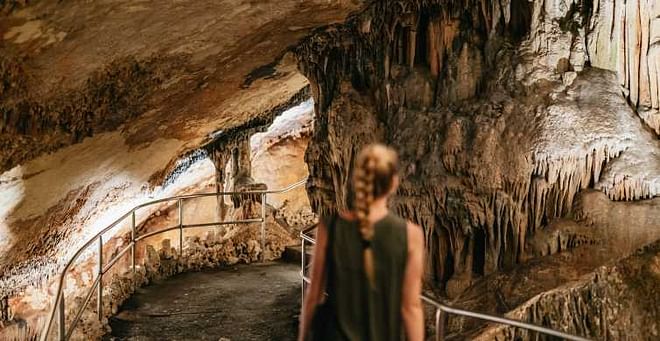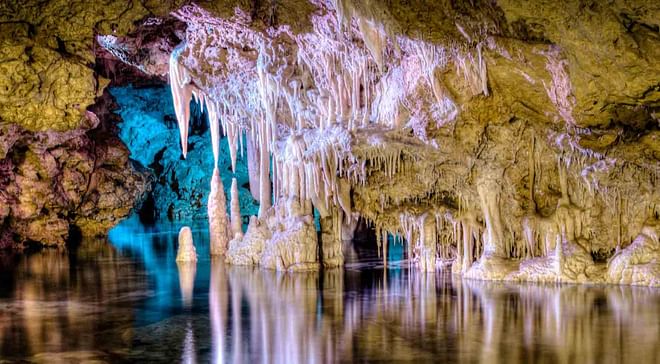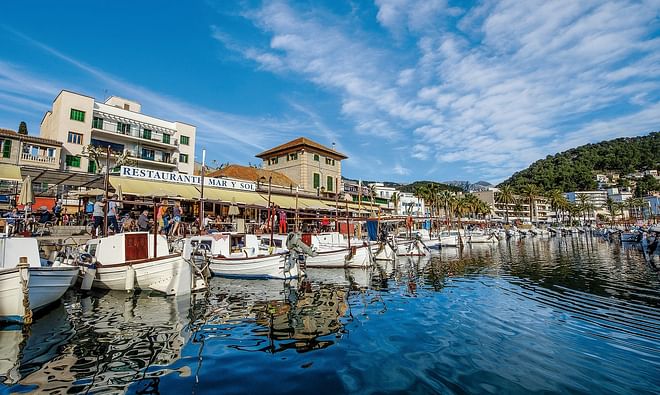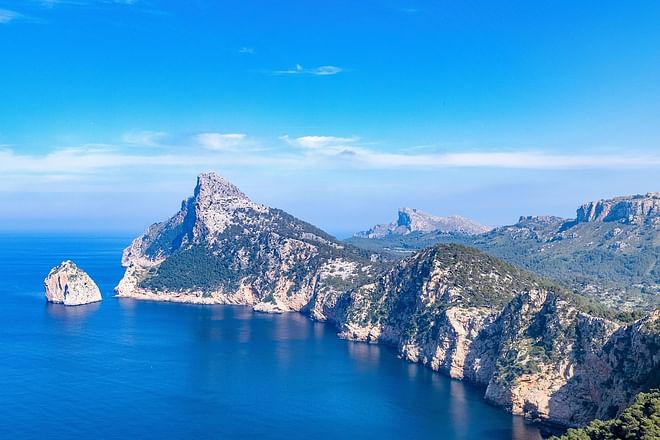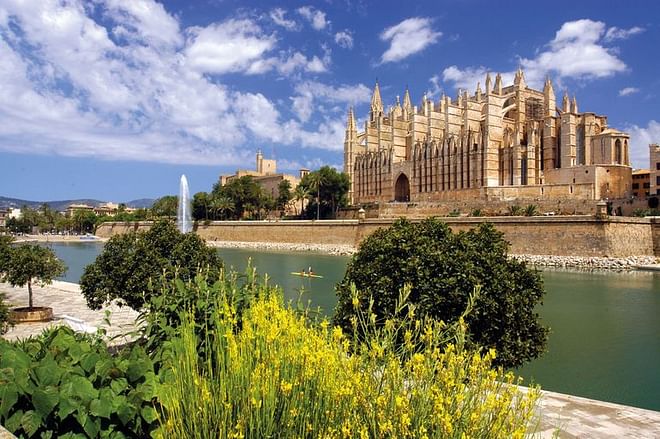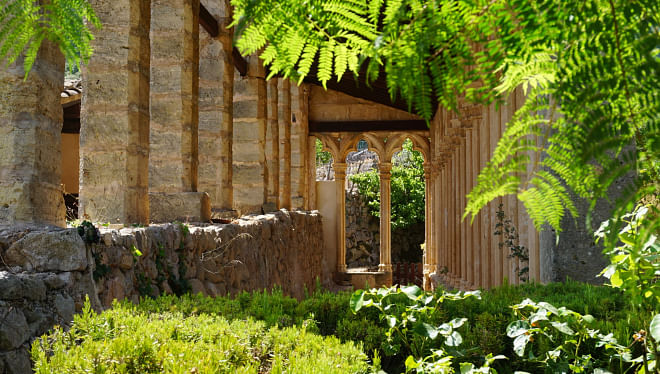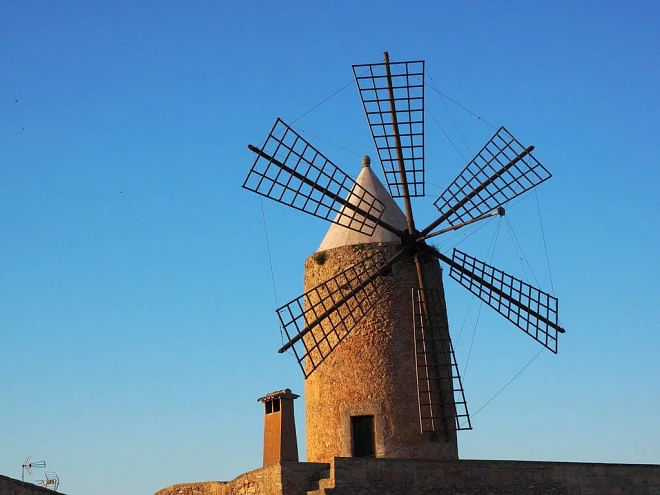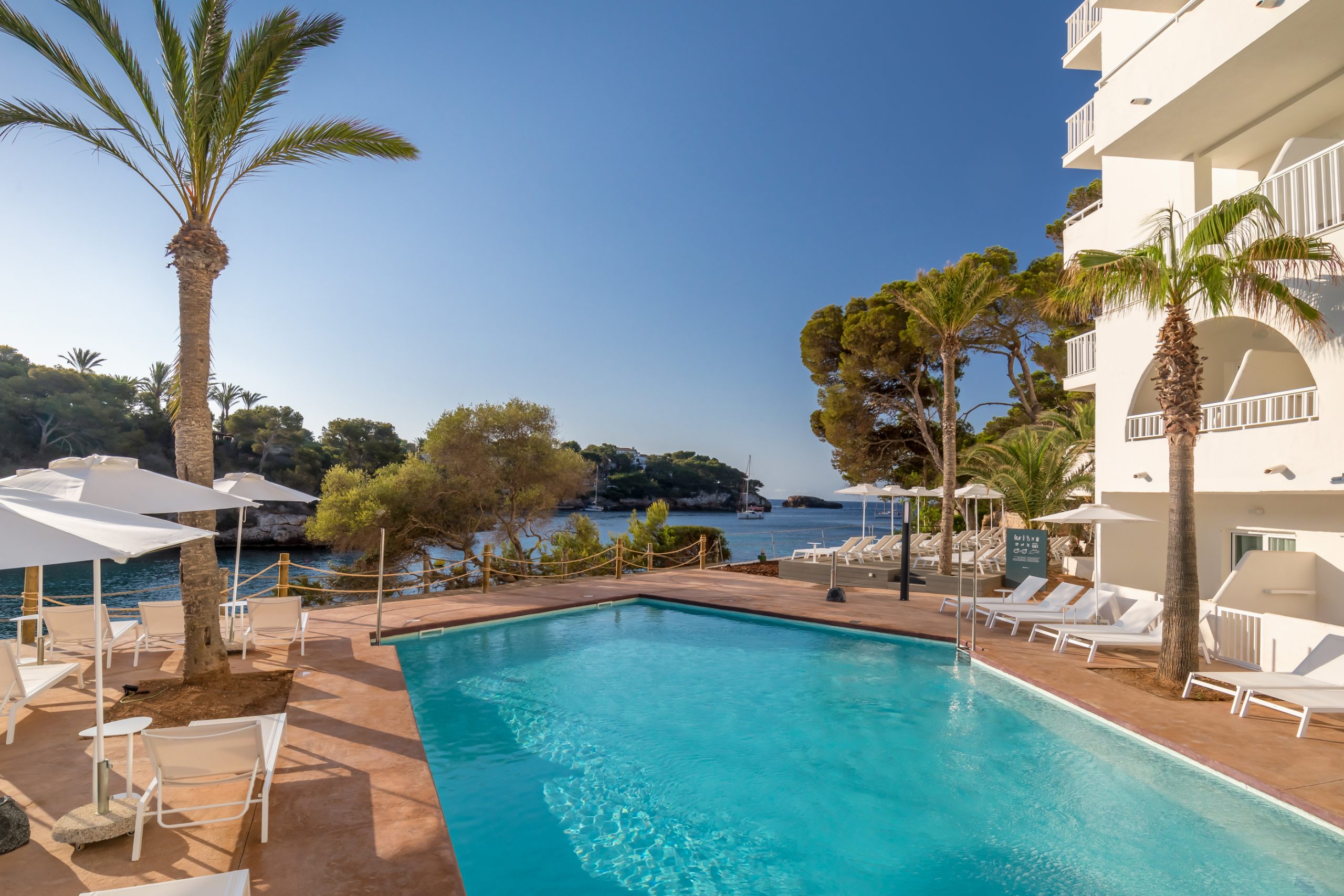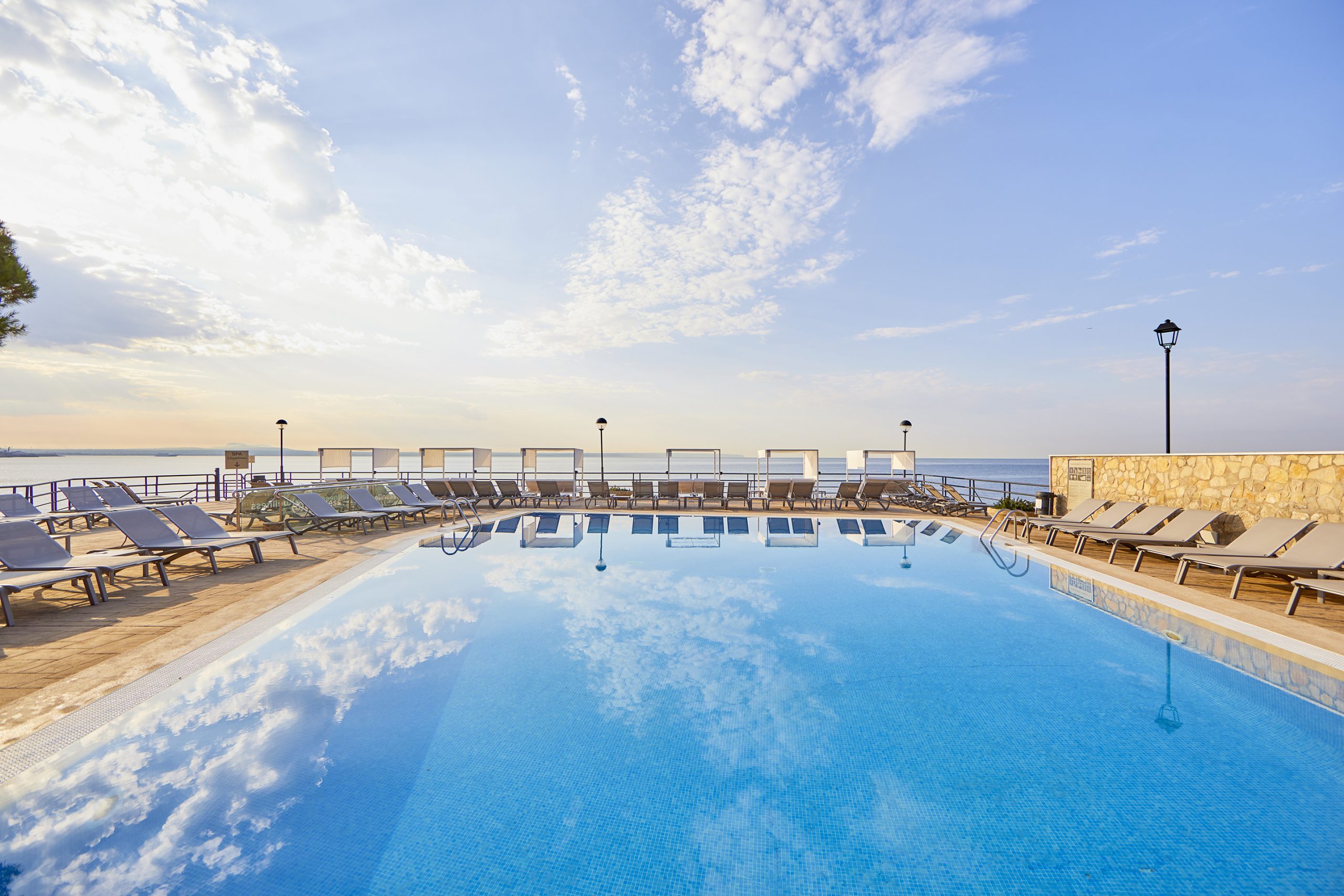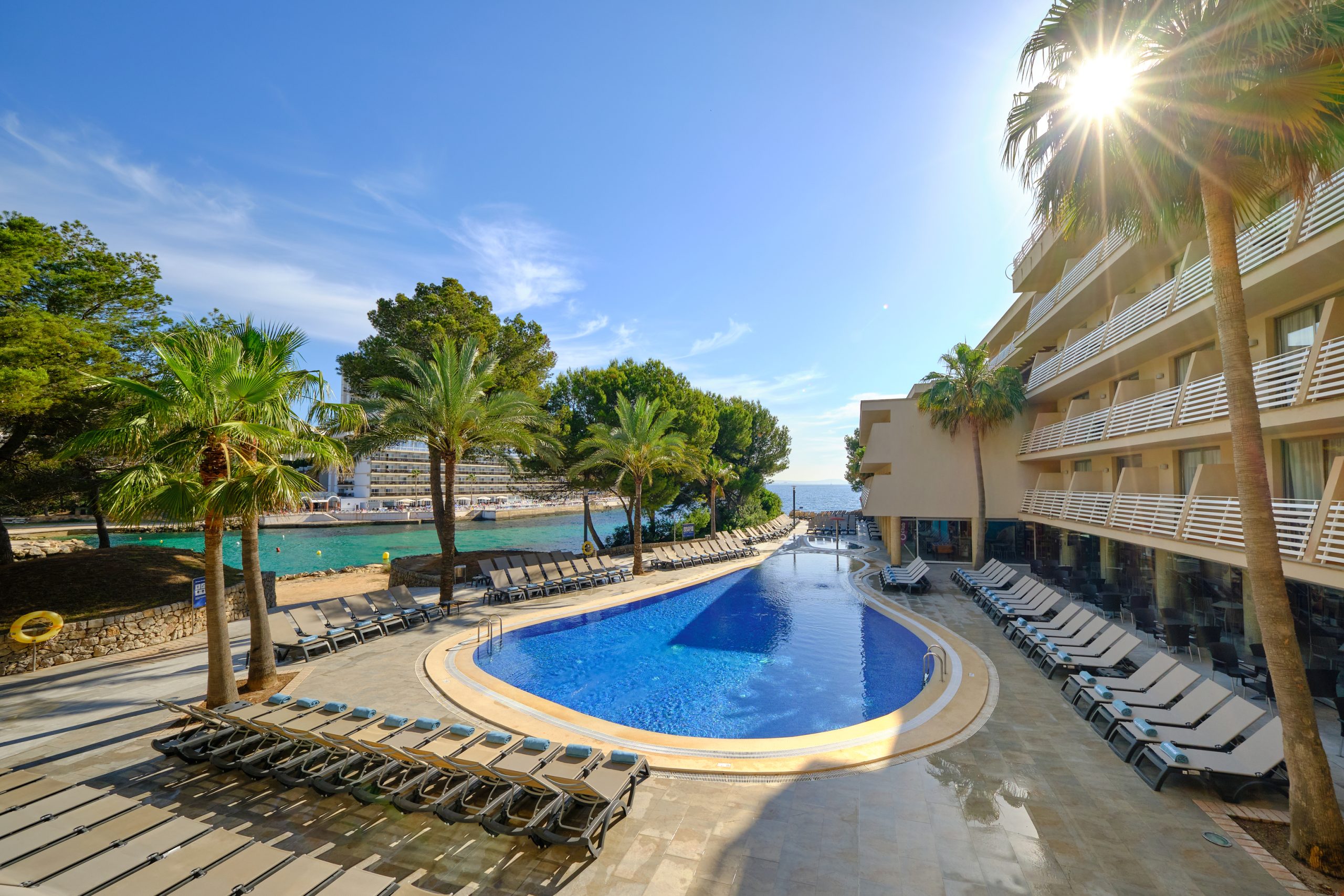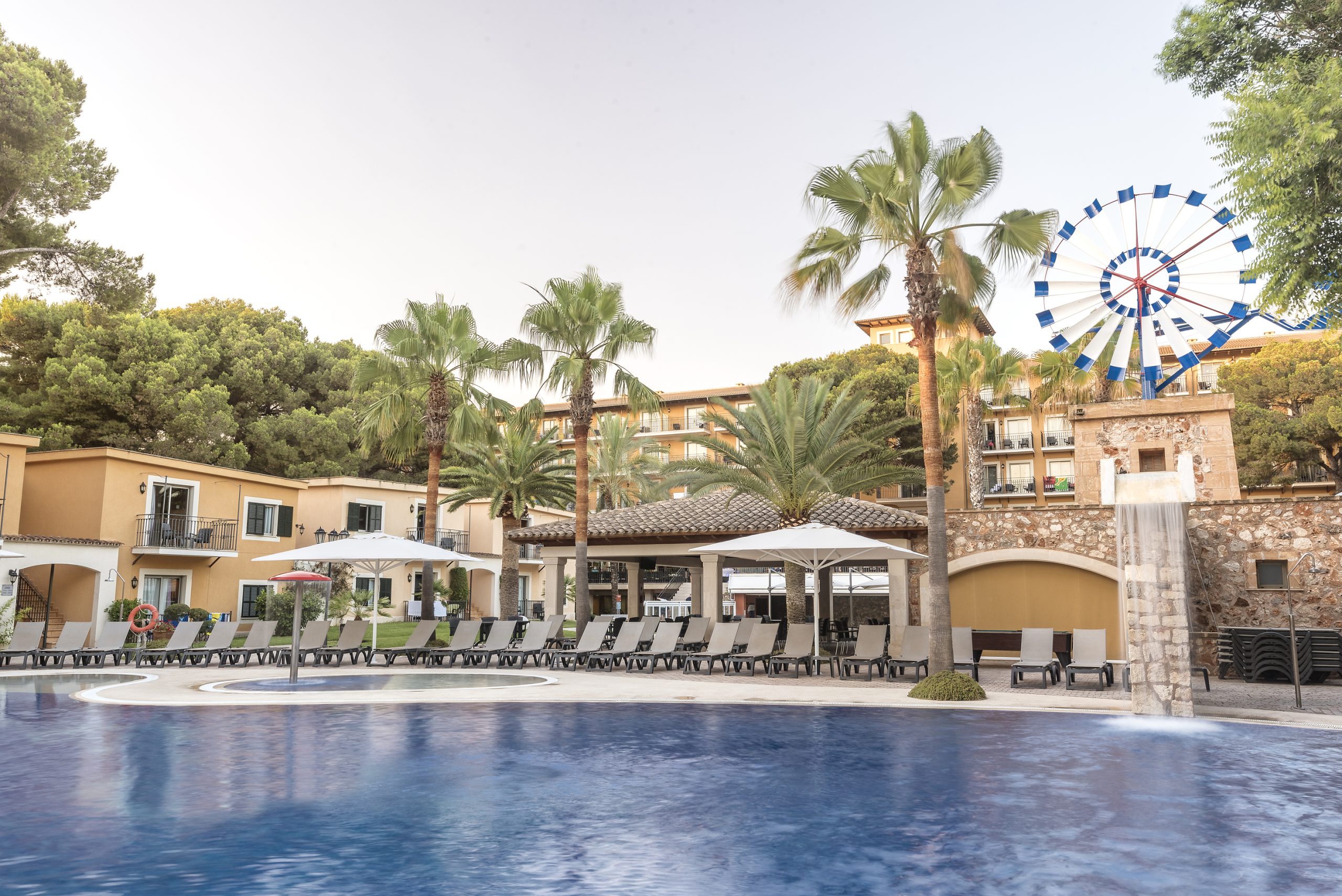The traditional craft of glass blowing dates back to the second century BC. Today, you can still watch the Majorcan glass blowers shape this incandescent material with amazing artistry and skill.
Incredible merchants, the Phoenicians brought glass to the Balearic Islands, installing the first glass furnaces here during the second century BC. Blessed with great imagination, Balearic artists created forms that were similar to those used in pottery, quickly gaining the favour of the Roman emperors, leading to the great splendour of glassmakers, with Majorcan glass experiencing its first golden age during the reign of Septimius Severus.
During the 16th and 17th centuries, the golden age of glass reached Venice, with Murano glass. Majorcans imported this glass in an attempt to learn its technique, and even though master glassmakers were prohibited from leaving Italy in order to prevent the spread of their trade secrets, some of them eventually reached Majorca.
The glass blowing process
The traditional glass blowing technique consists of introducing the canya, a hollow iron tube, into the molten glass. The glass must be previously molten for at least 8 hours at temperatures exceeding 1,000 °C.
Once hot, it is blown on one end and it swells. While constantly turning it, the molten glass is shaped, sometimes with the help of a mould or tongs that help to stretch it. In order to form pieces with volume on the inside, metallic straws are used. This process should be carried out quickly, since glass cools very rapidly and, once cooled down, it is no longer mouldable. Once the piece takes on its definitive form, it is separated from the tube with the tallant (a type of scissors).
Then, the piece is placed in a furnace where the temperature decreases at a controlled rate for 4 hours, until finally reaching room temperature. This slow-cooling prevents the glass from cracking due to cooling too quickly.
We recommend that you organise a visit to any of these factories to watch master glassmakers at work.
Can Gordiola
At the start of the 18th century, a glassmaker arrived in Majorca and established the island’s first artistic glass furnace. He came from Aragon, hailing from the Gordiola family. Currently, Gordiola glasses have been passed down from seven generations in the family workshops. The First World War halted the family’s industrialization plans; however, the 1929 Barcelona International Exposition gave the family the opportunity to return to its traditional glass production. Today, the uniqueness and colours of Gordiola glass are appreciated across the globe.
The first workshop was located in Palma next to the wall and it wasn’t until 1977 when it was transferred to its current building. Its door is framed by two statues of Nero and Octavius Augustus, ancient patrons of the glassmakers.
The glass workshop was founded in 1719, although the building that we visit today was built in 1960. It takes over an hour to visit the first floor of the museum. Inside, you can see ancient machinery, pieces from the 18th century and glass from other parts of the world, in addition to portraits of the founders and a library. The family has an extensive collection of glass pieces that it has collected during its travels across the world over the centuries.
Check the hours below in the Information of Interest section to organise your visit and to make sure that you will get to see the glass blowing process in action. You will be amazed by the skill with which the masters shape the glass at extraordinarily high temperatures, making it seem simple. Frequently, they even teach children about their craft.
Of course, after this trip through the world of glass, most visitors will be enticed to purchase a piece in the shop.
Menestralia
Founded in 1965, this glass furnace, located in the town of Campanet, produces glass works, lamps and decorative pieces. In its exhibition shop you can watch the masters blowing glass. It has traditional glass colours, such as caramel, green and ruby red, but it has also innovated over the past decade, resulting in purple, orange, turquoise and even black pieces. Its traditional designs continue to be the Majorcan lantern and chandeliers. It is specialised in more rustic glass pieces with exclusive tones that create artistic and decorative pieces.
Lafiore
This glass factory located in Esporles allows you to blow your own piece of glass during your visit and take it home in a few days, once it cools off. The factory creates domestic objects in bright colours, created using distinct oxides, and decorative pieces. You won’t be able to resist their oil cruets and vases.




































































